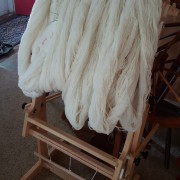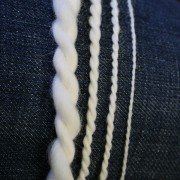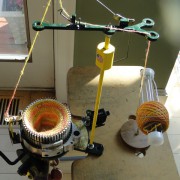Call for Blog Submissions: Long Draw
While the Long Draw issue of PLY is already in the works (and it looks like another great one!) we are looking for quality related posts for the blog! Did you have an idea for this topic that you didn’t submit? Or did you miss the submission window?
The blog process is much simpler than the magazine process (which involves contracts and samples sent in, photographs, tech editing, etc.) Instead, you’ll need to send your own photos, and your post will go through a copy edit but no other part of the magazine article process. If your blog submission is accepted and published, we’ll send you a $50 honorarium via PayPal.
Please submit your blog post proposal by October 10, 2025. If your post proposal is accepted, we’ll need your words and photos by December 1, 2025. We’ll be posting the Long Draw posts on the blog in December 2025 and January or February 2026.
Find the mood board below!

PLY Winter 2025 – Long Draw (Blog posts)
This winter let’s talk about woolen yarns spun from long draws. We want to fill this issue with all the different long draw techniques around: point of contact/supported/American, English/double draft, unassisted, and from the fold. Can you tell us how each works? Which creates the loftiest yarn? Are you able to help spinners work with the wheel they have, no matter the drive system, to spin long draw? What about spindles and long draw? Which is best and what should a spinner look for? Charkhas? When spinning long draw, how do you change your yarn’s diameter? What about getting more consistent? What about plying and finishing? How do you do it and how important is it to woolen yarns?
Conventional spinning knowledge tells us that woolen yarns are not as strong as worsted yarns, that they abrade quicker, that they don’t show stitch patterns as well, so let’s do some tests and see what’s true and what’s not. And if these things are true, how true are they? What about fiber preps? What impact do they have in the final yarn? Does it matter if we use a rolag, a batt, roving, or a puni? Let’s do all the tests and compare all the things!
Of course we need some projects featuring these light and lofty yarns too. Do you have a design in mind for a warm winter sweater? A spindle-spun woolen shawl or cowl? What about crocheting with woolen yarns?







Leave a Reply
Want to join the discussion?Feel free to contribute!